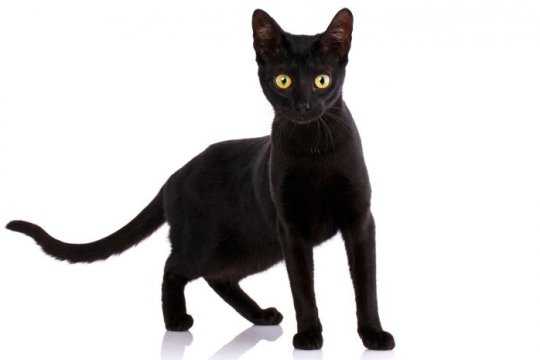Your Cart Is Empty
✖No products in the cart.

United States
8"- 10"
8-15 pounds
8-12 years
Gentle, outgoing, loyal, playful
Medium-sized short-haired
$600 - $2,000
Serengeti cats cost between $600 - $2,000.
Serengeti cats tend to be medium in size. A fully grown Serengeti cat might weigh between 8-15 pounds or more and range in height anywhere from about 8"- 10" inches tall.
The Average lifespan for Serengeti is 8-12 years.
Serengeti are short-haired cats. Therefore, they do not shed as much as long-haired cat breeds.
Amidst the realm of feline diversity, reside the distinct breeds that captivate our attention. Feline inhabitants create a harmonious symphony of fur, whiskers, and personalities that enrich our lives
© 2024 CATLIVES. All Rights Reserved.